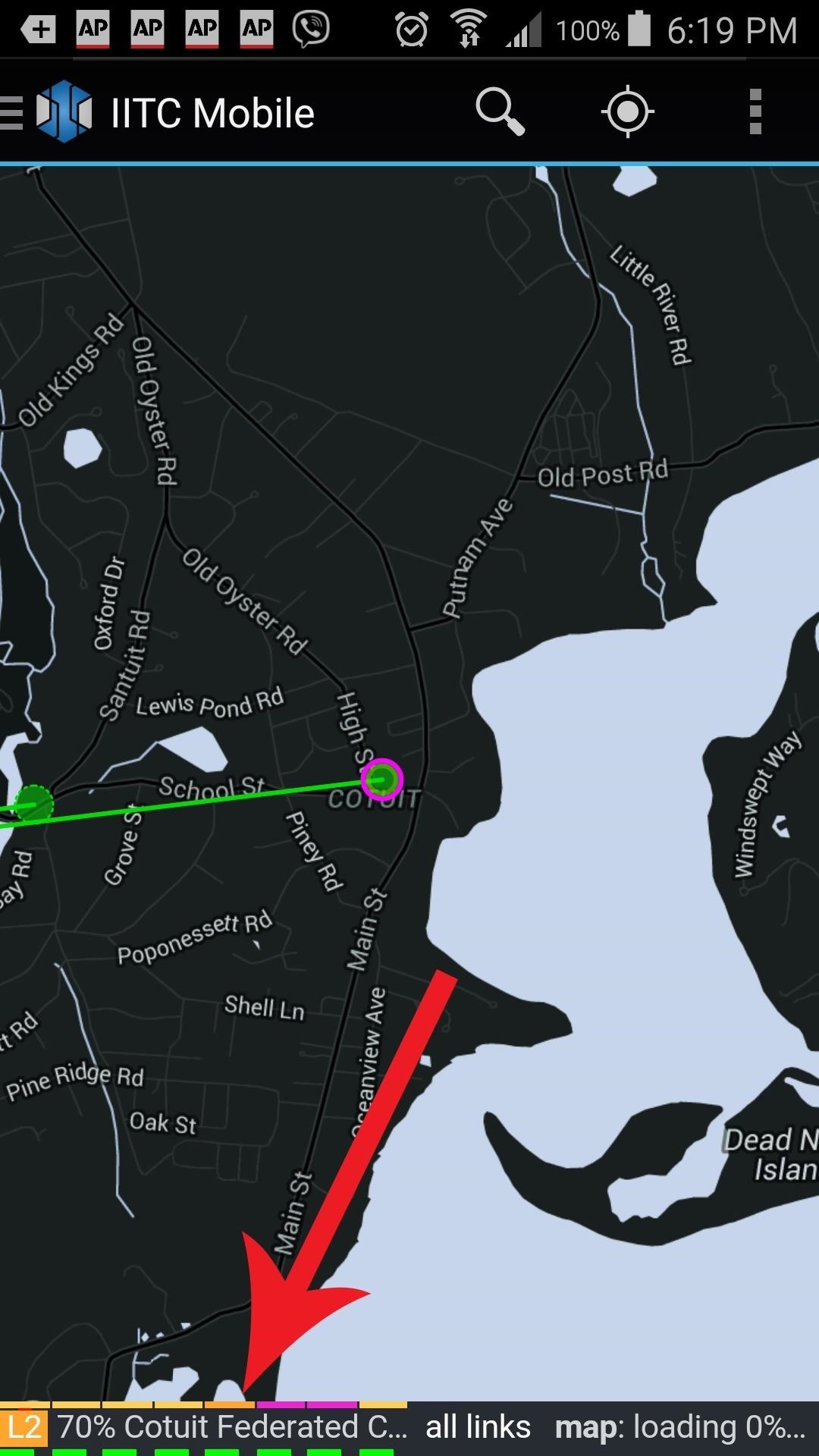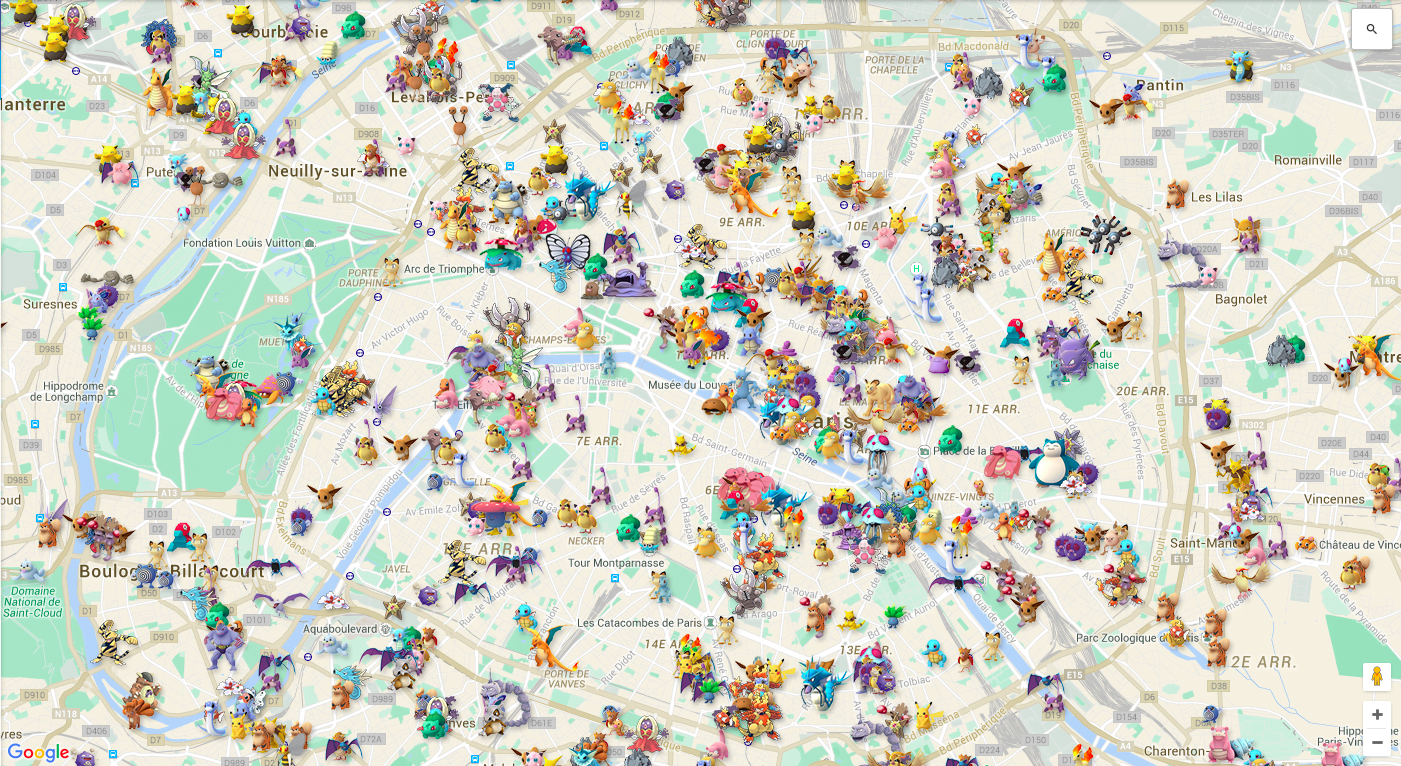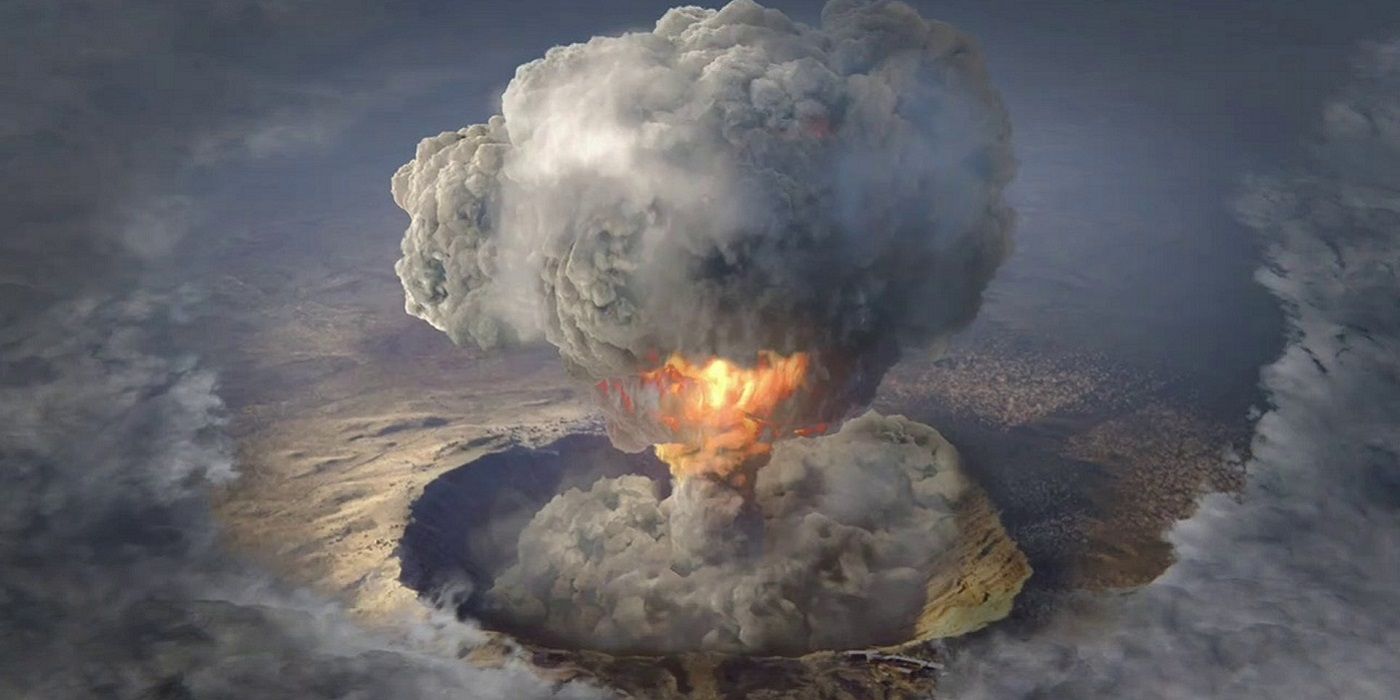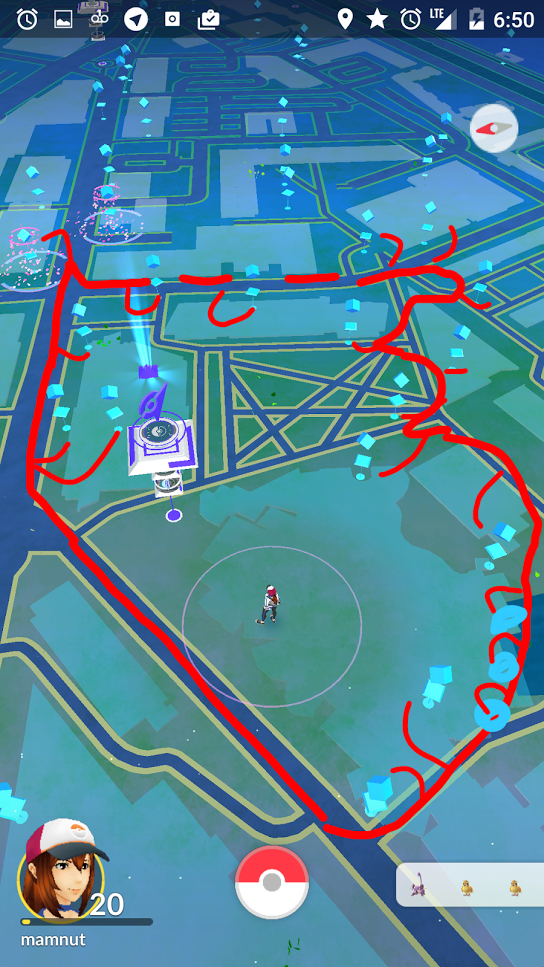

This huge surge of people taking to the outdoors to seek pokémon led to some very interesting discoveries as was reported by the media in the case of a 19-year-old Wyoming girl who stumbled upon a dead body while searching for a water-type pokémon by a river near her home. This surge of physical activity could be seen in news reports as hundreds of people flocked to sightings of rare pokémon within New York City’s Central Park and Santa Monica Pier in California. A study that monitored users for 30 days shortly after the game’s release estimated that on average, users increased their activity by 1473 steps while playing the game. Pokémon GO was an immensely popular game that succeeded in increasing the physical activity of many people as it required them to go outside and walk around in order to find pokémon. Pokémon GO has also won several awards including The Game Award for Best Mobile/Handheld Game and Best Family Game in 2016.


These numbers are predicted to increase as Niantic has announced plans to release several long-awaited features, including player-versus-player battling and pokémon trading in a coming update. However, despite these declining usage numbers, Pokémon GO has generated over one billion dollars in revenue since its launch, and as of April 2017 maintains a user base of 65 million monthly active users. This steep decline can largely be attributed to a lack of long-term goals in the game and certain features that were expected by the users, such as the pokémon tracker, player-versus-player battling and pokémon trading. Cross-Platform Future in Focus report published by comScore, within just seven days of its release, the popularity of Pokémon GO peaked at over 28.5 million daily unique visitors and has since leveled out at around five million daily unique visitors in December 2016, with approximately 60% of its user base comprised of 18–34 year-old millennials who grew up with the cartoon and game series. Furthermore, based on application usage data from 8 July, users were spending an average of 43 min a day within the application. Within just five days of its release, Pokémon GO was installed on 10.8% of U.S. Soon after its release, Pokémon GO quickly became one of the most popular mobile applications on the market. This analysis tool exceeds the capabilities of the well known mobile forensic tool Cellebrite’s UFED (Universal Forensic Extraction Device) Physical Analyzer in processing Pokémon GO application data.
Poke stop map for pokemon go android#
Moreover, we present our new application-specific analysis tool that is capable of extracting forensic artifacts from a backup of the Android application and presenting them to an investigator in an easily-readable format.
Poke stop map for pokemon go plus#
Our research focuses primarily on the artifacts generated by the Upsight analytics platform, those contained within the bundles directory and the Pokémon Go Plus accessory.

In this paper, we aim to fill the gaps within the current research by assessing what forensically-relevant information may be recovered from the application and understanding the circumstances behind the creation of this information. Because this application is new, limited research has been conducted regarding the artifacts that can be recovered from the application. This facilitates the need for forensic investigators to be able to analyze the data within the application in order to determine if it may have been involved in these incidents. However, it also had the propensity to be a distraction to drivers, resulting in numerous accidents, and was used as a tool by armed robbers to lure unsuspecting users into secluded areas. This game became immensely popular within just a few days of its release. This can be seen with Niantic’s release of Pokémon GO, which is a massively multiplayer online role playing and augmented reality game. As the geolocation capabilities of smartphones continue to improve, developers have continued to create more innovative applications that rely on this location information for their primary function.


 0 kommentar(er)
0 kommentar(er)
